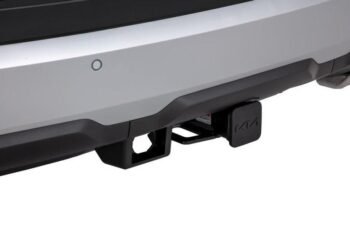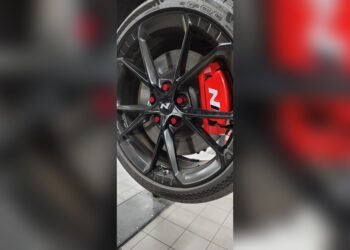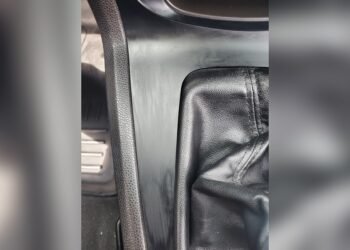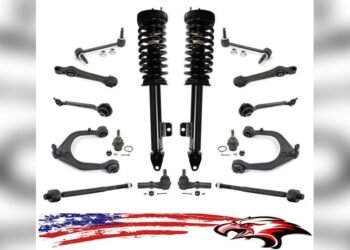If you’re working on your Dana 60 axle, knowing the exact torque specs is crucial to getting the job done right. Whether you’re rebuilding, upgrading, or simply maintaining, applying the correct torque ensures your axle runs smoothly and safely.
Too loose, and you risk damage and costly repairs; too tight, and you could cause premature wear or failure. In this guide, you’ll discover the precise torque numbers you need, plus expert tips on how to achieve the perfect fit every time.
Keep reading to make sure your Dana 60 is tightened to perfection and ready to perform.
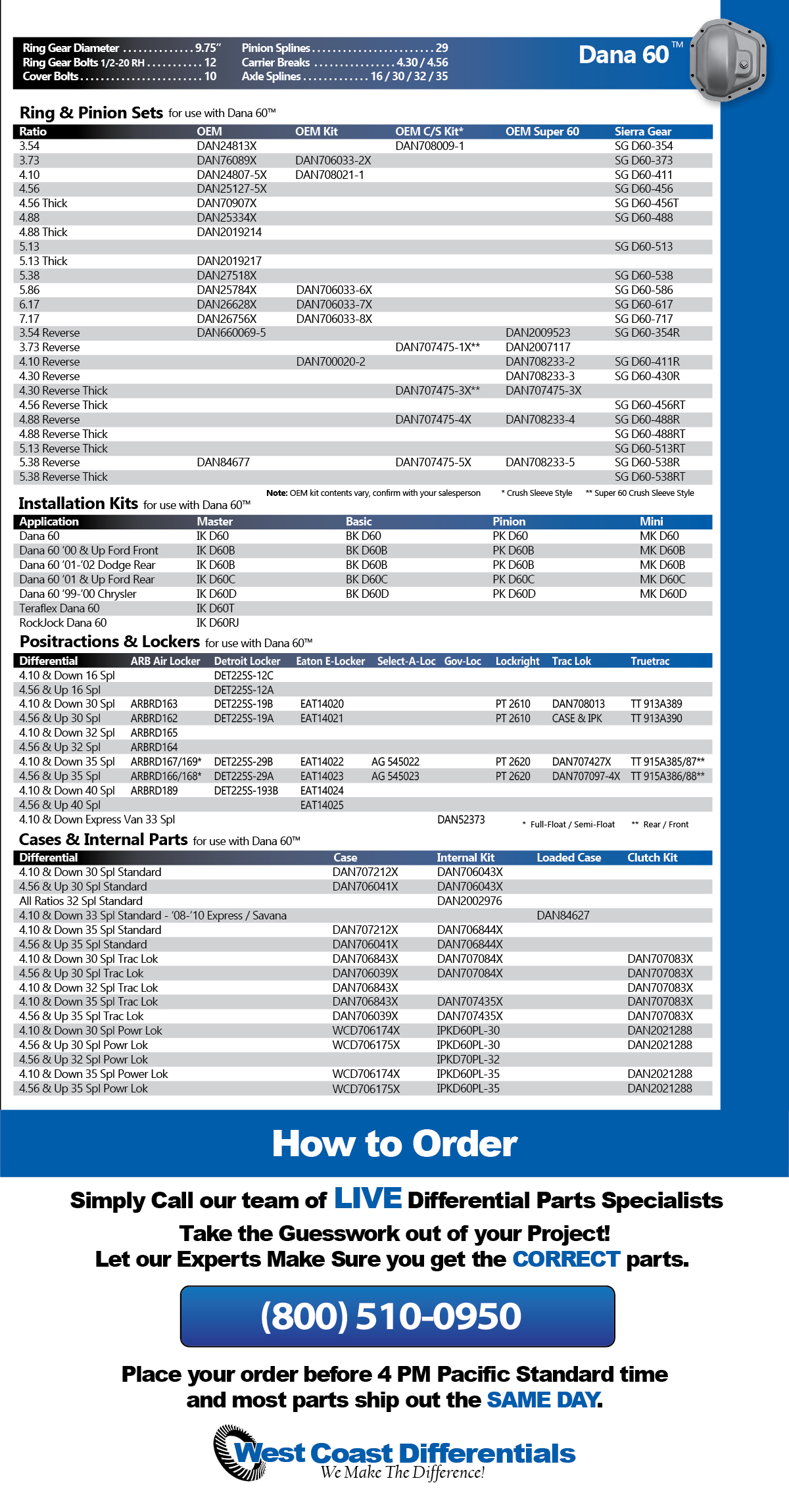
Credit: minda.by
Dana 60 Basics
The Dana 60 is a heavy-duty axle used in many trucks and off-road vehicles. It offers strength and durability for tough driving conditions.
This axle is well known for its high load capacity and reliability. It handles large tires and heavy loads without issues.
Key Components
The Dana 60 includes a strong axle housing made from cast steel. It protects internal parts from damage and dirt.
Inside, it has large ring and pinion gears that transfer power from the driveshaft to the wheels. These gears are built to handle high torque.
The axle shafts connect the gears to the wheels. They are thick and sturdy to support heavy weight.
Bearings and seals keep the moving parts smooth and prevent leaks. Proper torque on these parts is critical for long life.
Common Uses
The Dana 60 axle is popular in trucks used for towing and hauling. It can handle heavy trailers and loads with ease.
Off-road vehicles also use this axle because it resists bending and breaks under rough terrain. It supports larger tires for better ground clearance.
Many military and commercial vehicles rely on the Dana 60 for dependable performance. It works well in demanding conditions.
It is also a common upgrade for truck owners wanting stronger axles for rugged use.
Torque Spec Essentials
Correct torque specs keep your Dana 60 axle safe and strong. Applying the right torque avoids damage and ensures smooth operation. Many parts require different torque levels. Understanding these helps prevent costly repairs and downtime.
Always use a quality torque wrench. Tighten bolts and nuts to the exact specifications. Too loose or too tight can cause problems.
Spindle Axle Nut Torque
The spindle axle nut holds the axle in place. It must be torqued correctly to avoid bearing damage. Typically, torque ranges from 150 to 250 ft-lbs, depending on the vehicle model. Tighten the nut gradually and check for proper bearing preload. Use a calibrated wrench and follow the manufacturer’s instructions closely.
Ring Gear Bolt Torque
Ring gear bolts connect the gear to the differential. Proper torque prevents loosening and gear misalignment. Most ring gear bolts require 75 to 90 ft-lbs of torque. Apply thread locker for extra security. Tighten bolts in a crisscross pattern to distribute pressure evenly.
Bearing Torque Differences
Bearing types affect torque specs. Tapered bearings need higher torque to seat correctly. Ball bearings usually require less torque. Always identify your bearing type before tightening. Incorrect torque can cause noise, heat, or early bearing failure.
Factors Affecting Torque
Torque specifications for a Dana 60 axle depend on many factors. These factors affect how tightly components must be fastened. Correct torque ensures safety, performance, and long life of the axle parts.
Ignoring these factors can lead to bearing failure or axle damage. Understanding them helps you apply the right torque values.
Tapered Vs Ball Bearings
Tapered bearings need more torque to seat properly. They handle heavy loads and align better under pressure.
Ball bearings usually require less torque. They spin more freely but may not support as much weight.
Choosing the correct torque depends on the bearing type used in the Dana 60 axle.
Vehicle Make And Model
Different vehicles have unique torque specs for their axles. Manufacturer guidelines vary to fit design and usage.
Always check the manual for your vehicle’s make and model. Using wrong torque can cause parts to wear out quickly.
Drive Type Impact
Front-wheel drive, rear-wheel drive, and four-wheel drive affect torque needs. Each drive type puts different stresses on the axle.
Four-wheel drive Dana 60 axles often require higher torque due to extra forces. Rear-wheel drive may have lower torque specs.
Understanding your drive type helps set the correct torque and maintain axle health.
Credit: www.ford-trucks.com
Tools For Accurate Torque
Applying the correct torque to Dana 60 components is vital for safe and lasting performance. Using the right tools ensures precise torque settings. This prevents damage to parts and maintains vehicle reliability. Accurate torque tools help mechanics and DIYers achieve exact tightness without guesswork.
Calibrated Torque Wrenches
Calibrated torque wrenches give accurate force measurements. They are essential for tightening Dana 60 bolts to the right specs. Regular calibration keeps the wrench reliable over time. Choose a torque wrench with a range that covers Dana 60 requirements. Click-type and digital models offer easy-to-read settings.
Socket Types
Select the correct socket to avoid rounding bolt heads. Use high-quality sockets made from durable materials like chrome vanadium steel. Deep sockets help reach recessed bolts on Dana 60 parts. Ensure the socket fits snugly on the bolt to apply torque evenly. Avoid worn or damaged sockets to maintain accuracy.
Thread Lockers
Thread lockers secure bolts against vibration and loosening. Use medium strength thread lockers on Dana 60 fasteners for reliable hold. Apply the thread locker evenly on bolt threads before torquing. This adds extra safety by preventing bolts from backing out. Avoid overusing thread locker, which can make future disassembly difficult.
Step-by-step Assembly Tips
Assembling a Dana 60 axle requires attention to detail and proper torque application. Correct torque ensures the durability and performance of the axle. Follow these step-by-step assembly tips to avoid common mistakes and ensure smooth operation.
Bearing Preload Procedures
Start by cleaning all bearing surfaces thoroughly. Apply a thin layer of high-quality grease on the bearings. Install the bearings and races carefully to avoid damage. Tighten the spindle nut gradually while rotating the hub. This action seats the bearings properly. Use a torque wrench to set the preload torque as specified. Do not over-tighten; excess preload causes bearing wear. Check for smooth rotation and minimal play after adjustment.
Hub Assembly Methods
Place the hub over the spindle carefully. Align the hub correctly with the bearing and seal. Press the outer bearing into the hub gently but firmly. Install the grease seal to prevent contamination. Slide the hub assembly onto the spindle without forcing. Insert the spindle nut and tighten it by hand first. Use a calibrated torque wrench to tighten to the recommended torque. Secure the nut with the locking mechanism, such as a cotter pin.
Torque Sequence
Follow the correct torque sequence to avoid uneven stress. Start by tightening the spindle nut to the initial torque setting. Rotate the hub while tightening to seat the bearings evenly. Increase torque in small steps to the final specification. After reaching the final torque, back off slightly to release excess preload. Retighten to the exact torque value. Secure the nut lock and double-check tightness. This sequence prevents premature wear and ensures safe axle function.
Common Installation Mistakes
Installing a Dana 60 axle requires careful attention to torque specifications. Mistakes during installation can lead to serious problems. Common errors include applying incorrect torque and ignoring locking mechanisms. These mistakes often cause bearing damage, noise, or even axle failure. Understanding these pitfalls helps ensure a safe and lasting installation.
Overtightening Risks
Applying too much torque stresses the axle components. It can warp bearings and cause premature failure. Excess pressure generates heat, which damages seals and grease. Over tightened nuts may also crack or strip threads. This reduces the axle’s lifespan and increases repair costs.
Undertightening Issues
Using too little torque leaves parts loose and unstable. Loose nuts can cause bearing play and uneven wear. This leads to noise, vibration, and eventual bearing failure. The axle may even separate from the vehicle during use. Proper torque is essential to avoid these dangerous conditions.
Locking Mechanism Use
Locking devices like cotter pins or keeper arms secure the axle nut. Skipping this step risks nuts loosening over time. Always install and properly engage the locking mechanism after torquing. This prevents movement and maintains correct preload on bearings. Neglecting locking parts may cause axle damage and unsafe driving.
Model-specific Torque Variations
Torque specifications for the Dana 60 axle vary by model and manufacturer. Each version has unique design features that affect required torque values. Applying the correct torque ensures proper function and prevents damage. It also affects safety and longevity of the axle assembly.
Understanding these variations is essential before performing maintenance or upgrades. The Ford and Chrysler Dana 60 axles have different specs due to their construction and intended use. Aftermarket parts add another layer of complexity with their own torque requirements.
Ford Dana 60 Specs
Ford Dana 60 axles use specific torque specs for their spindle and axle nuts. The spindle nut typically requires around 250 to 300 ft-lbs of torque. This ensures the tapered bearings seat correctly without damage. Over-torquing can cause bearing failure and overheating. Under-torquing leads to play and premature wear.
Ford often recommends a torque plus an additional angle turn to set proper preload. Always check the latest Ford service manual for exact specs. Using a calibrated torque wrench is important to achieve accurate results.
Chrysler Dana 60 Specs
Chrysler Dana 60 axles usually have slightly different torque values. The spindle nut torque often ranges from 200 to 250 ft-lbs. Chrysler axles may use different bearing preload methods. Some require specific torque plus a final adjustment with a dial indicator.
Consult Chrysler’s factory service guide for precise torque and adjustment procedures. Incorrect torque can lead to noisy operation or damaged components. Tighten slowly and carefully to avoid bearing damage.
Aftermarket Considerations
Aftermarket Dana 60 parts may not follow factory torque specs. Manufacturers can alter materials and design for strength or performance. These changes affect the torque needed for assembly. Always follow the torque guidelines provided with aftermarket kits.
Aftermarket bearings, seals, and nuts may require different torque values. Using factory specs on these parts can cause failures. If unsure, contact the aftermarket supplier for torque instructions. Proper torque ensures durability and safety in modified axles.
Maintenance And Verification
Maintaining correct torque on Dana 60 components is key for safe vehicle operation. Regular checks ensure parts stay tight and perform well over time. Verification prevents damage and extends axle life.
Proper maintenance reduces the risk of costly repairs. It keeps bearings running smoothly and avoids unexpected breakdowns.
Rechecking Torque
Always recheck torque after initial installation. Nuts can loosen as parts settle. Use a calibrated torque wrench for accuracy. Follow the vehicle’s recommended torque specs closely. Check torque again after the first 100 miles. Regular rechecks help catch any loosening early.
Signs Of Bearing Failure
Listen for unusual noises like grinding or humming. These sounds indicate bearing wear or damage. Check for excessive play or looseness in the axle. Look for leaks or grease loss around bearings. Overheating can cause discoloration or a burnt smell. Catching these signs early prevents further damage.
When To Adjust
Adjust bearings if you notice looseness or noise. Follow the torque specs for proper preload. Adjust after replacing bearings or seals. Tighten nuts just enough to remove play without causing resistance. Frequent checks and adjustments keep the axle running smoothly.
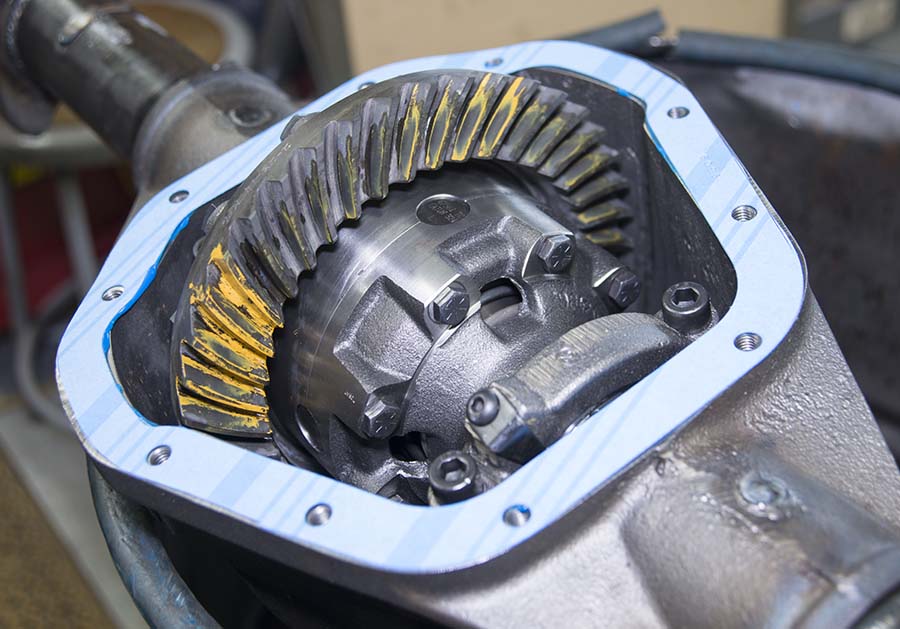
Credit: www.strangeengineering.net
Frequently Asked Questions
What Is The Torque On The Rear Dana 60 Pinion Nut?
The torque on the rear Dana 60 pinion nut typically ranges between 150 and 250 ft-lbs. Always verify with your vehicle’s service manual. Use a calibrated torque wrench for accuracy and avoid overtightening to prevent bearing damage.
Is A Dana 60 The Same As A 14 Bolt?
A Dana 60 and a 14 bolt are different axle types. Dana 60 is a front or rear axle, while 14 bolt is a heavy-duty rear axle. They vary in design, strength, and applications.
What Are The Torque Specs For The Spindle Axle Nut?
Torque specs for the spindle axle nut vary by vehicle make and model. Always consult the owner’s manual for exact values. Use a calibrated torque wrench and follow the correct tightening procedure to avoid bearing damage. Never overtighten or undertighten the nut for optimal performance and safety.
How Much Stronger Is A Dana 60 Than A Dana 44?
The Dana 60 is about 40-50% stronger than the Dana 44 due to thicker axle shafts and a larger ring gear. It handles higher torque and heavier loads, making it ideal for heavy-duty off-road and towing applications.
What Is The Recommended Torque For Dana 60 Axle Nuts?
The Dana 60 axle nut typically requires 180 to 250 ft-lbs of torque.
Conclusion
Proper torque on Dana 60 parts ensures safe and smooth vehicle operation. Always use a calibrated torque wrench for accuracy. Follow the vehicle’s specific torque specs closely. Avoid overtightening to prevent damage or bearing failure. Do not undertighten to keep parts secure and noise-free.
Double-check locking mechanisms after tightening for safety. Taking these steps helps maintain your Dana 60 axle’s performance and longevity. Trust the manual and torque carefully for the best results.


